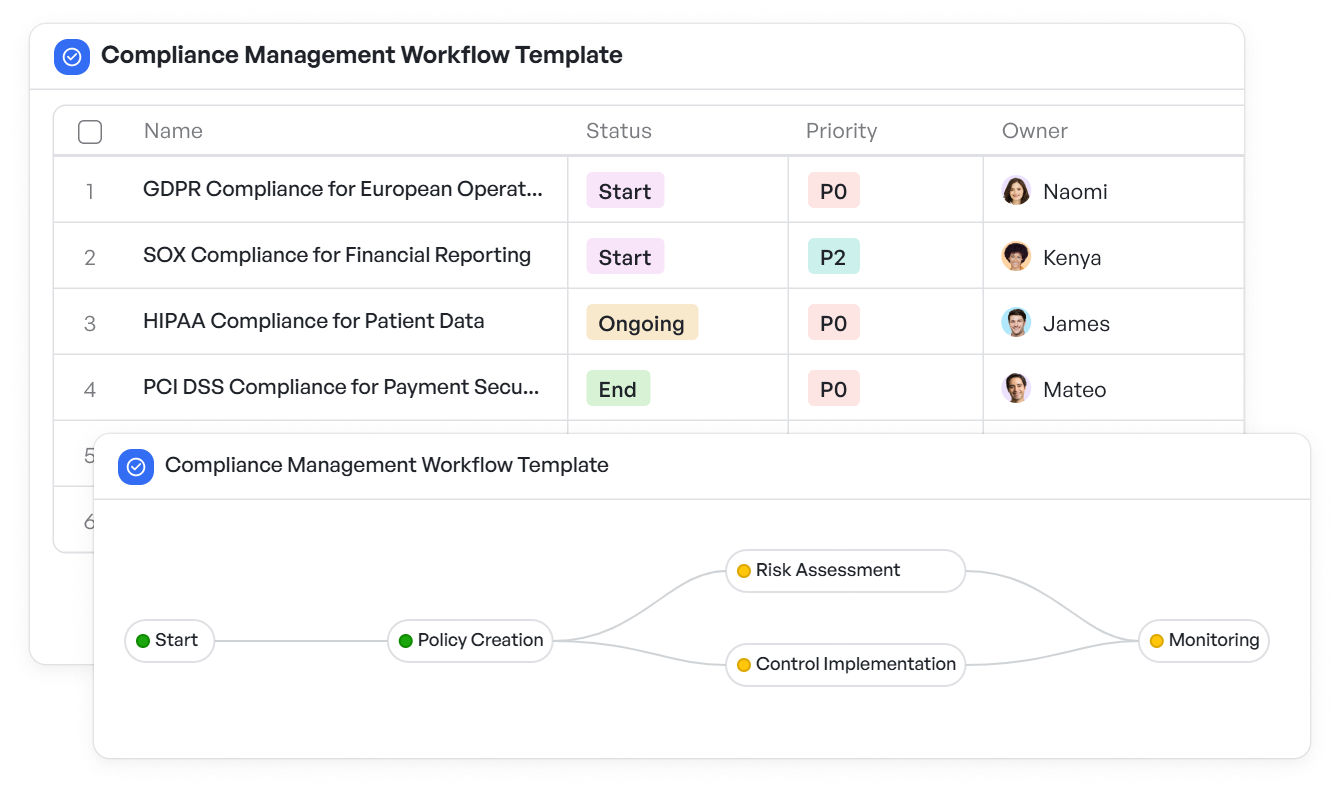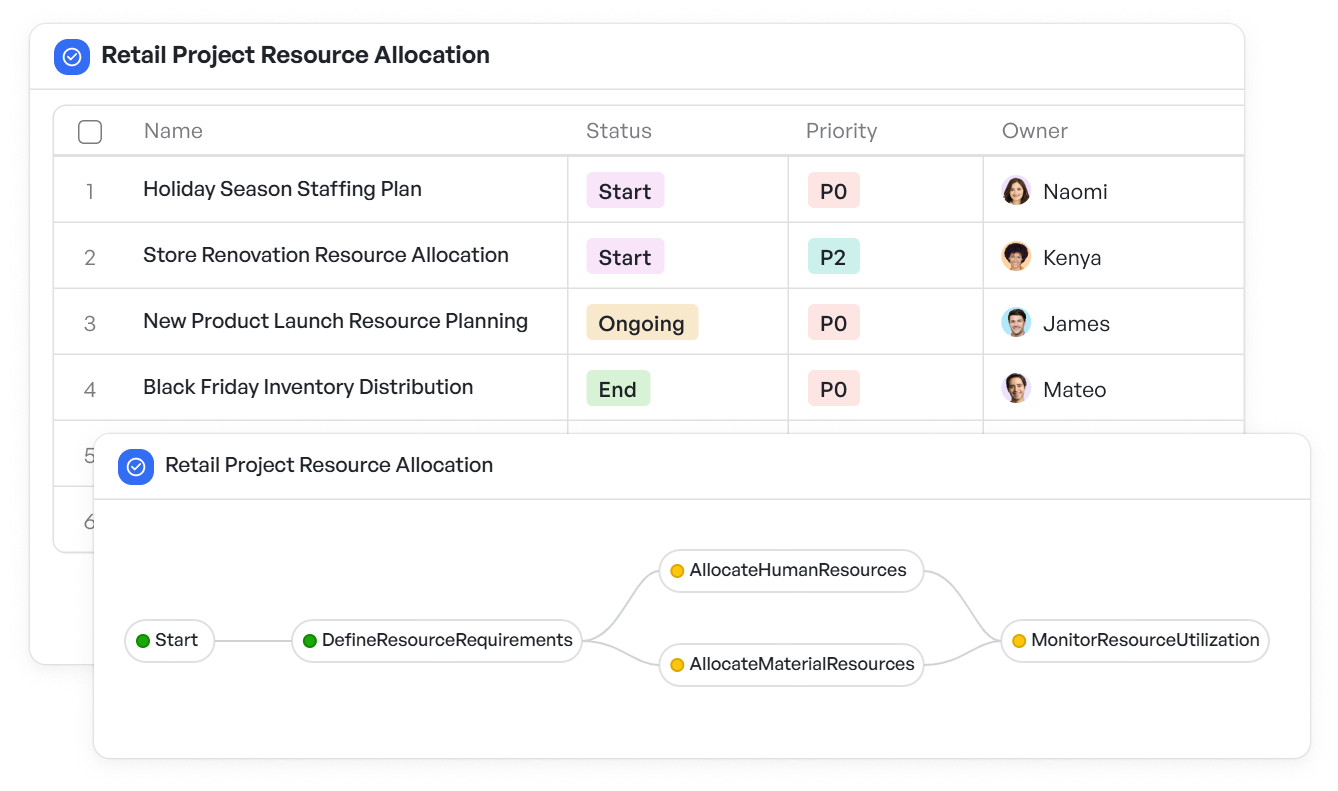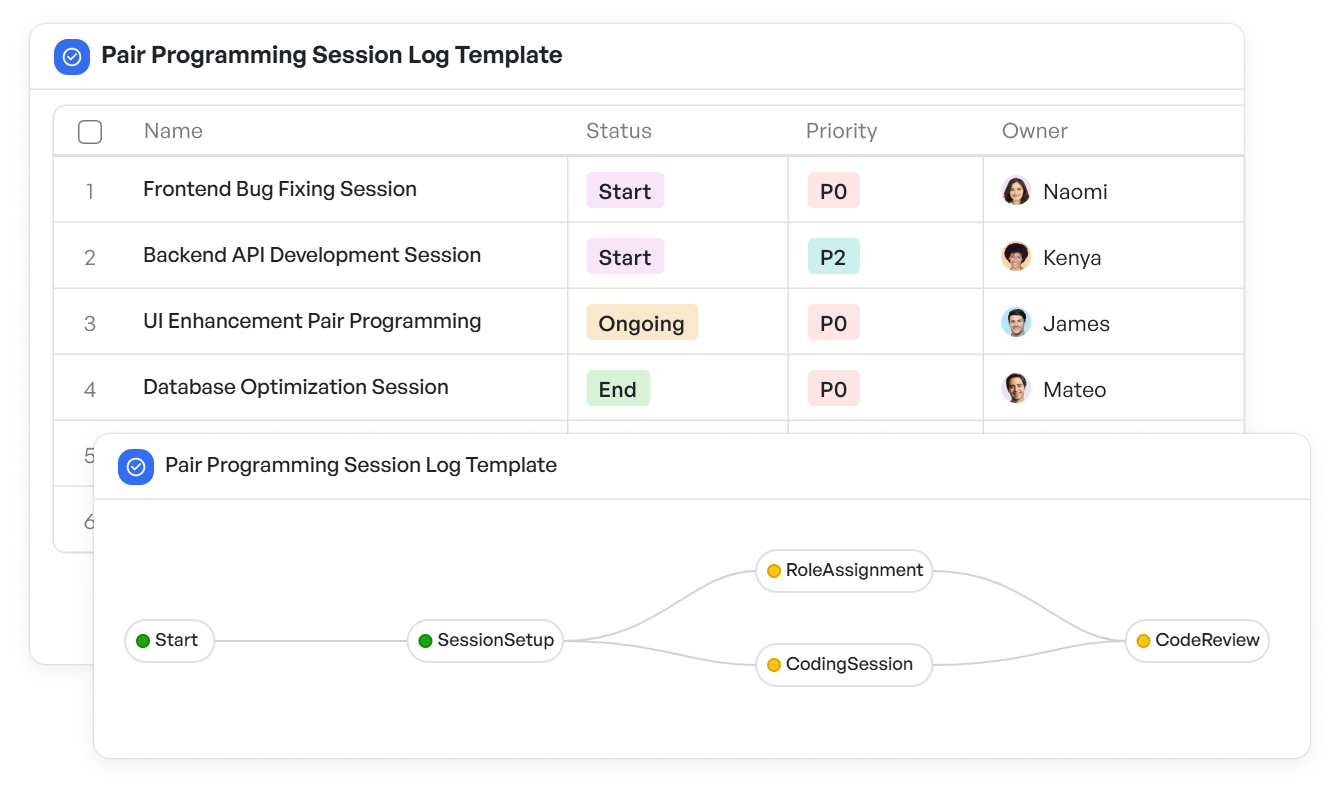How to Implement Pair Programming in Retail

Retail organizations, particularly those developing internal tools, e-commerce systems, or omnichannel platforms, operate in fast-paced environments where downtime, bugs, or delayed releases can directly impact revenue.
As engineering teams scale to meet these demands, pair programming offers a structured yet flexible way to maintain quality and alignment.
In this article, we break down why pair programming is especially valuable for retail-focused software teams, how it impacts your delivery speed and defect rates, and how to roll it out without disrupting existing workflows.
Why Pair Programming in Retail Works
Retail engineering teams are often tasked with managing complex systems that must adapt quickly with features like point-of-sale integrations, supply chain tools, pricing engines, recommendation systems, and seasonal campaign modules. These systems must be:
- Reliable: Because bugs in payments or order fulfillment directly cost money
- Auditable: Since compliance with standards like payment card industry data security standard (PCI-DSS) or the general data protection regulation (GDPR) is critical. Teams building PCI-DSS or GDPR compliant tools can benefit from recording pairing history across retail development cycles with structured tracking like the compliance management workflow template
- Evolvable: To keep up with sales strategies, inventory changes, and user behavior
 Tracking compliance tasks across retail workflows
Tracking compliance tasks across retail workflowsPair programming enhances code quality, reduces onboarding time for new developers, and promotes shared knowledge across modules.
For time-sensitive product updates (e.g., Black Friday rollouts or flash sales), pairing helps accelerate development while reducing error rates.
For more insights into how collaborative workflows reduce friction in large teams, see Meegle's blog on test-driven development in finance.
4 Benefits of Pair Programming in Retail for Engineering Teams
1. Faster Developer Onboarding
Retail teams often face high developer churn during expansion or seasonal hiring. Pairing new hires with experienced teammates accelerates understanding of domain logic, deployment steps, and customer expectations.
2. Lower Defect Rates in Business-Critical Areas
In retail, a minor bug can have major consequences: invalid coupon applications, incorrect tax calculations, or abandoned carts due to checkout errors. Pairing reduces these issues at the source by adding real-time code review and encouraging defensive thinking.
3. Real-Time Collaboration Across Domains
Retail systems span frontend point of sale (POS), backend inventory, pricing engines, and customer service portals. Cross-functional pairing, such as a frontend and backend engineer collaborating, leads to better feature coherence and fewer integration issues.
4. Improved Estimation Accuracy
By working in pairs, teams gain deeper context during sprint planning and retrospectives. Estimates become more realistic, leading to fewer spillovers and better sprint velocity tracking.
In a case shared by a senior engineer at Unruly, a software team implemented pair programming as a core practice across their product development workflow.
Over time, they adapted pairing styles based on context, alternating between mentorship-focused sessions and test-driven “ping-pong” coding. This approach improved delivery speed, reduced bugs, and deepened team collaboration.
Importantly, the team highlighted that pair programming isn’t just about knowledge transfer—it’s about faster feedback, better design conversations, and building shared code ownership.
Even with the initial fatigue or discomfort, the team found that consistent pairing led to stronger psychological safety and more resilient output over time.
Tools and rituals (like pairing checklists and daily intention setting) played a big role in sustaining this practice—something teams can replicate easily using Meegle’s workflow templates and collaborative boards.
How to Implement Pair Programming in Retail Without Disruption
While pair programming has clear benefits, implementation can feel disruptive, especially in deadline-driven retail teams. Here’s how to reduce friction:
1. Start With High-Risk or High-Value Modules
Begin pairing in areas where defects are costly, such as payments, order processing, search ranking, or analytics pipelines.
2. Use Visual Workflows to Track Pair Assignments
Retail teams often juggle multiple short-cycle releases across different departments. A visual workflow tool helps engineering leads and project managers coordinate who is pairing with whom, what task they're assigned to, and how capacity is distributed.
Templates like the resource allocation template or pair programming session log template can help you with the following:
- Assign engineers by skill or module familiarity
- Rotate pairs efficiently without losing context
- Track the history of pairing outcomes and common blockers
 Mapping skill-based pair assignments in retail projects
Mapping skill-based pair assignments in retail projectsDespite the perception that pair programming slows down output, top engineering organizations like Shopify, GitHub, Atlassian, GitLab, Thoughtworks, and Pivotal have made it a regular practice.
As Luca Rossi notes in “The power of pair programming on refactoring”, these teams treat pairing as a strategic advantage, not a cost.
Why? Because the actual drop in output is marginal (just ~15% compared to two solo devs), while the benefits compound:
- Fewer distractions and smoother handoffs
- No separate code review cycle—faster shipping
- Higher-quality code that reduces long-term maintenance
- More shared context, which limits rework and developer silos
Rossi compares it to the “underhanded free throw” in basketball, backed by data but misunderstood by outsiders. The most successful teams don’t just tolerate pairing; they rely on it for better engineering outcomes.
3. Make It Time-Boxed
Try pairing for 2-3 hours daily, instead of full days. This helps teams avoid fatigue and still get independent coding time.
4. Pilot It in Feature Teams
Run 1-2 week experiments with your growth team or mobile team and review outcomes. Metrics like bug count, pull request time, and story completion rates will show impact quickly.
 Recording pairing history across retail development cycles
Recording pairing history across retail development cycles4 Use Cases of Where Pair Programming in Retail Fits
1. Promotions and Campaign Systems
Teams building campaign automation (holiday discounts, flash sales) often deal with changing rules and fixed deadlines. Pairing helps catch edge cases (e.g., stacking discounts, timezone issues) during implementation.
2. Omnichannel Integrations
Retailers with both online and in-store presence need flawless sync between inventory, customer profiles, and order status. Pairing engineers across microservices ensures that assumptions are clarified early.
3. Internal Dashboards for Merchandising or Logistics
When working on dashboards used by merchandising or warehouse teams, business logic can be domain-heavy. Pair programming between a generalist engineer and someone with domain experience reduces rework and handoffs.
4. Loyalty Programs
Loyalty programs are often nuanced (tier rules, points expiration, bonus campaigns). Having two developers review and implement such rules avoids downstream revenue leakage due to incorrect calculations.
Amazon introduced CodeWhisperer, an AI-based pair programming tool that autocompletes code using context from developer input, cursor position, and even coding style. Similar to GitHub Copilot, it’s designed to assist developers in high-stakes environments like AWS deployments and performance-critical systems.
While not a replacement for human collaboration, tools like these signal a growing recognition of how real-time, context-aware assistance, much like traditional pair programming, plays a vital role in complex development work. For manufacturing teams building embedded systems or automation tools, such structured support can reduce oversight and improve code resilience.
Addressing Common Concerns of Pair Programming in Retail
“Will this slow us down?"
Early in the adoption phase, pairing may seem slower. But over multiple sprints, defect reduction and fewer re-assignments lead to net speed gains. You ship cleaner code faster.
“We don’t have enough developers to form pairs"
Start by rotating senior developers to pair with others on high-priority tasks. You don’t need 100% pairing coverage to see results.
“How do we track pair output?"
Use session logs to document pair combinations, completed tickets, and time spent. Patterns of success and blockers emerge quickly.
Reduce Costly Errors in Pair Programming in Retail and Moving Faster
Pair programming, when thoughtfully applied, helps retail tech teams build reliable systems faster. From reducing bugs in payments logic to speeding up feature handoffs across teams, the impact compounds over time. Combined with a visual workflow platform, it becomes easier to manage pairing assignments, shift work across modules, and retain context even during staff transitions.
Learn how visual workflows support broader team clarity and productivity on our solutions page.
Empower your retail engineering teams to build better software together with Meegle’s visual collaboration tools.
The world’s #1 visualized project management tool
Powered by the next gen visual workflow engineRead More
Check All BlogsStart creating impactful work today



